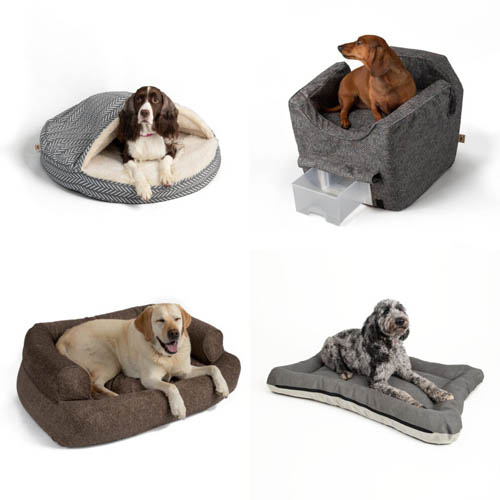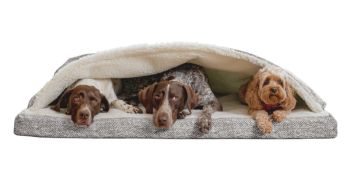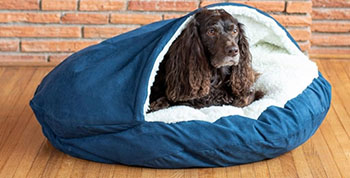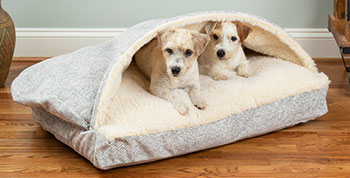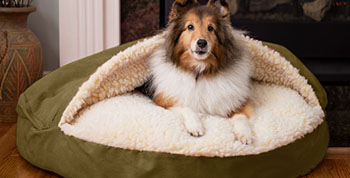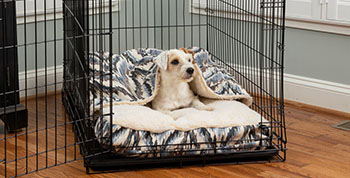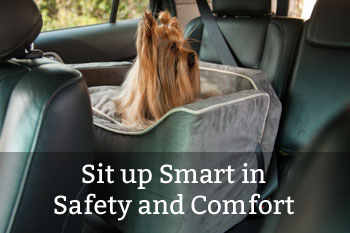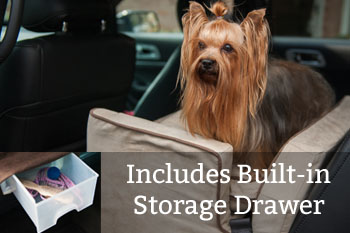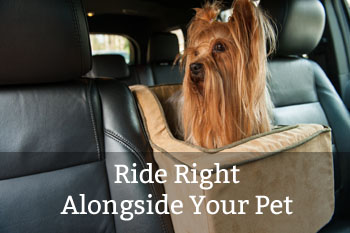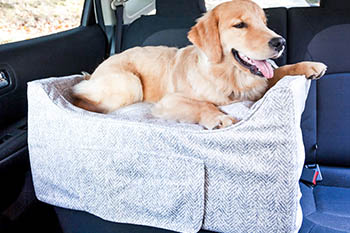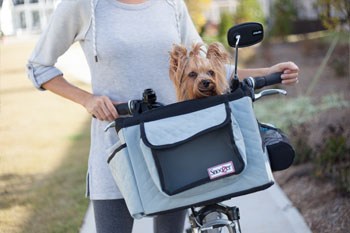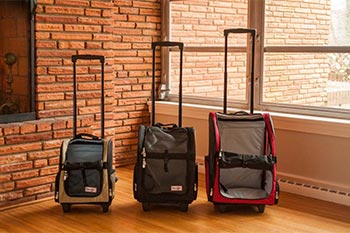How to measure your dog for a carrier
You need to buy a dog carrier but you don’t know what size. How do you know what size dog carrier is best for your dog?
If you’re looking for tips on how to measure your dog for a carrier, go grab your tape measure and read on!
Dog Carrier Requirements: Stand Up, Turn Around, and Lie Down
Start by knowing the requirements. You need a dog carrier that’s large enough that your dog can stand up, turn around, and lie down in it. Airlines that allow dogs to travel in the cabin or in the hold require that dog carriers be large enough for standing, turning, and lying down.
How to Measure Your Dog for a Dog Carrier
There are two main measurements you need when shopping for a dog carrier: your dog’s height and length. (What about width? A carrier’s width measurement is in proportion to its height and length/depth so it’s not necessary to measure your dog’s width to find the right carrier size for them.)
Measure your dog’s height.
While your dog is standing with their head up in a natural position, take a soft tape measure or yardstick and measure from the floor to the top of their head. (You’ll find it easier to get this measurement if you have someone help by gently placing their hands under your dog’s chin and belly to hold them in place.) If your dog won’t stop moving their head long enough for you to get a good measurement, try this alternative method: measure from the floor to the highest point of the shoulder and add on a few inches for the head, about 2 for very small dogs up to 6 for large dogs. Remember that your dog needs to be able to stand up in the carrier. Then add another 1-2 inches for clearance in the carrier. This is your HEIGHT measurement.
Measure your dog’s length.
With your dog standing in a natural position, measure from the tip of the nose to the base of the tail. Alternatively, if they won’t stop moving their head long enough for you to get a good measurement, you can measure from your dog’s collar to the base of the tail and add on some inches depending on their size to account for their head. Remember that your dog needs to be able to lie down in their carrier. Then add another 1-2 inches for clearance in the carrier. This is your LENGTH/DEPTH measurement.
Don’t forget your dog’s weight.
In addition to height and length, get your dog’s weight, too. Dog carriers have weight limits so you want to make sure that your dog doesn’t exceed the weight limit before purchasing.
Find the Right Carrier for Your Dog
Once you have these measurements, look for a carrier that fits these dimensions best, making sure that all of the carrier’s dimensions are at least your dog’s measurements, or larger. If one dimension is too small to fit your dog, even if all the others are perfect, you’ll have to go a size up.
For example, take the Snoozer Roll Around Travel Dog Carrier Backpack 4-in-1, which is a dog carrier for travel, dog carrier backpack, dog bed, and dog car seat in one. The dimensions for the medium size are 14 in. width, 20 in. height, and 11 in. depth. If your dog’s measurements are 17 in. tall but 12 in. long, you’ll need to get the large size carrier instead.
Measuring Your Dog for a Carrier vs. a Crate
Is there any difference when measuring your dog for a carrier you intend to fly or travel with versus measuring your dog for a crate they’ll use at home? Yes, there can be. Since space is at a premium when flying with your dog in the cabin, you can use the method described above to find the minimum carrier size for your dog. This will allow them to stand up, turn, and lie down just as required by the airlines.
But for a crate that your dog will spend much longer in at home, you can add on a few more inches to each measurement so they have even more space inside. You want your dog to be able to fully stand up in their crate at home as well as stretch out on their side. And if you plan to put a crate pad, toys, food, or anything else in your dog’s crate, you want to make sure there’s room for everything. However, since dogs like the feeling of a cozy den, don’t go overboard or you’ll end up with a crate that’s too large.
In short, your dog’s carrier for travel may be slightly smaller than their dog crate at home.
Try Before You Fly (or Travel)
Get your dog carrier with plenty of time to spare before upcoming travel. This will give you a chance to try it out and make sure your measurements were correct and that your dog fits comfortably inside. Just to be sure, buy your carrier from a retailer that has a generous return policy so that if you need to return or exchange it, it won’t be a problem. Snoozer has a 30-day return policy so you can see if our durable dog carrier is the right for your dog without worry!

